Optimal Seasons for Waterproofing Application
Waterproofing is a crucial process to prevent water intrusion and protect structures from damage. The timing of waterproofing applications can significantly impact their effectiveness and longevity. Understanding the optimal periods for waterproofing can help ensure maximum durability and performance.
Spring is ideal for waterproofing projects due to milder temperatures and lower humidity levels, which facilitate proper curing and adhesion.
Summer offers longer daylight hours and warmer weather, making it suitable for waterproofing, especially in dry conditions. However, high temperatures should be monitored to prevent rapid drying.
Fall provides cooler temperatures and less rain, creating optimal conditions for waterproofing before winter. It allows sufficient time for materials to cure before cold weather sets in.
Winter waterproofing is generally not recommended due to freezing temperatures and increased moisture, which can compromise the application and curing process.
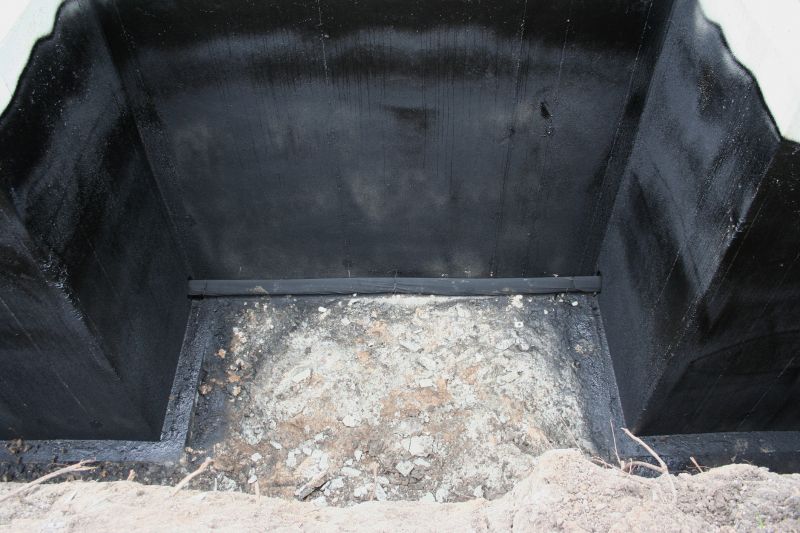
Ways to make Waterproofings work in tight or awkward layouts.

Popular materials for Waterproofings and why they hold up over time.

Simple add-ons that improve Waterproofings without blowing the budget.

High-end options that actually feel worth it for Waterproofings.
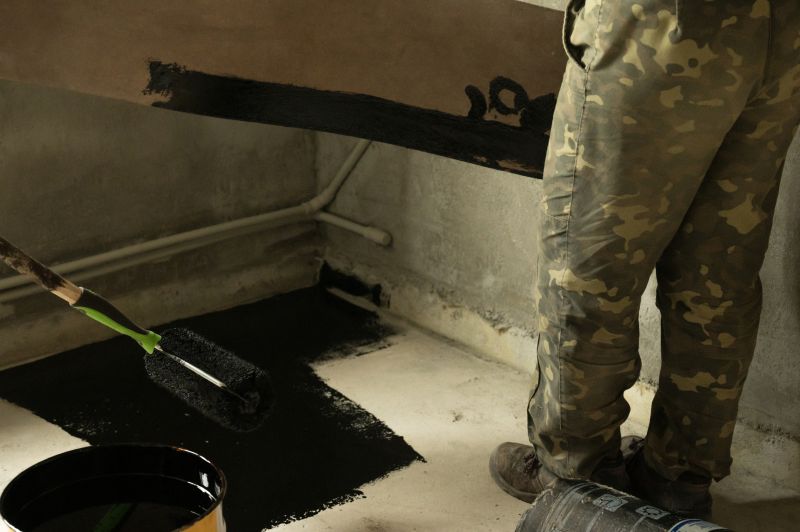
Finishes and colors that play nicely with Waterproofings.
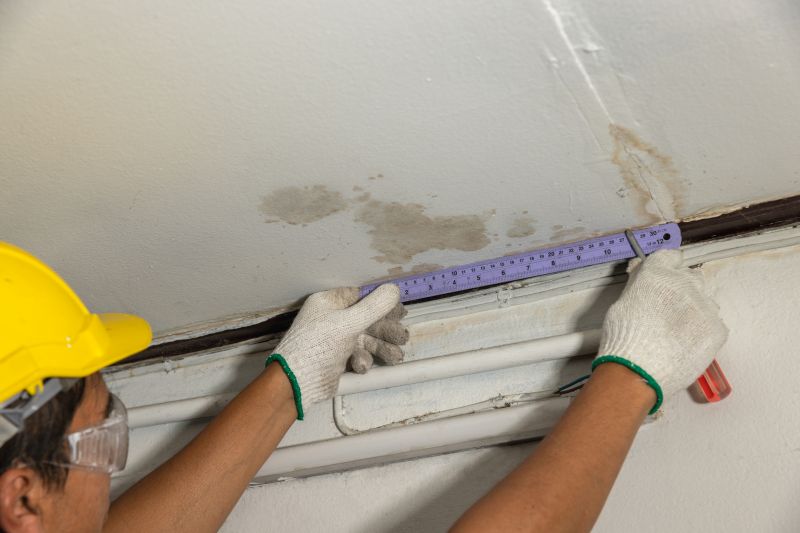
Little measurements that prevent headaches on Waterproofings day.
Waterproofings involve the application of specialized materials designed to prevent water penetration into structures. These materials include membranes, sealants, coatings, and barriers that are selected based on the specific requirements of the project and environmental conditions. Proper waterproofing not only protects buildings from water damage but also extends their lifespan and maintains structural integrity.
Statistics indicate that water intrusion causes significant damage annually, leading to costly repairs and compromised safety. Effective waterproofing can reduce these risks by creating a resilient barrier against moisture. The choice of waterproofing method and timing are essential factors in ensuring long-term protection and performance.
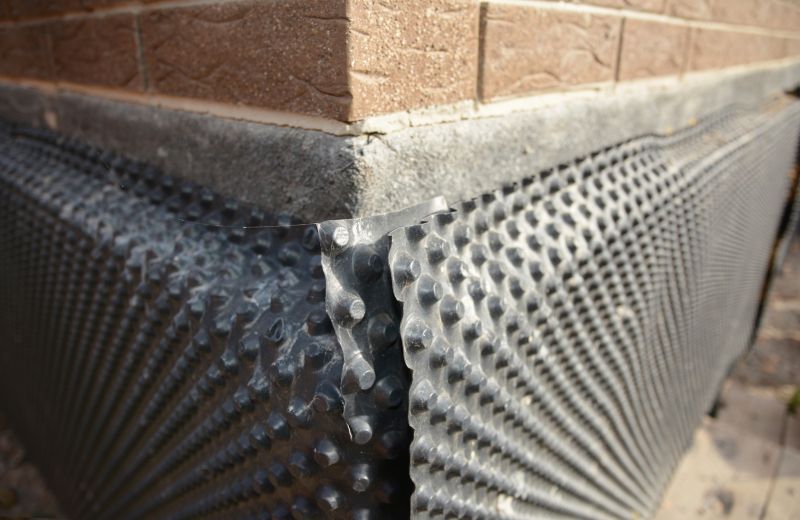
A 60-second routine that keeps Waterproofings looking new.

A frequent mistake in Waterproofings and how to dodge it.
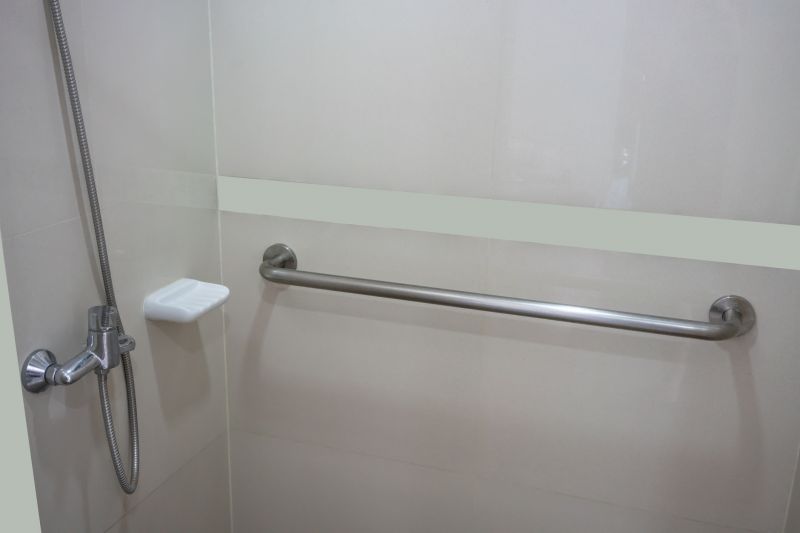
Small tweaks to make Waterproofings safer and easier to use.

Lower-waste or water-saving choices for Waterproofings.
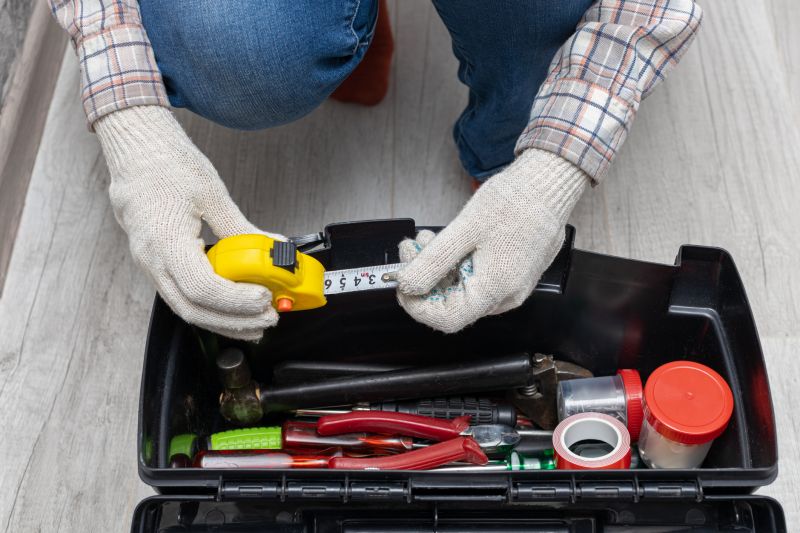
The short, realistic tool list for quality Waterproofings.
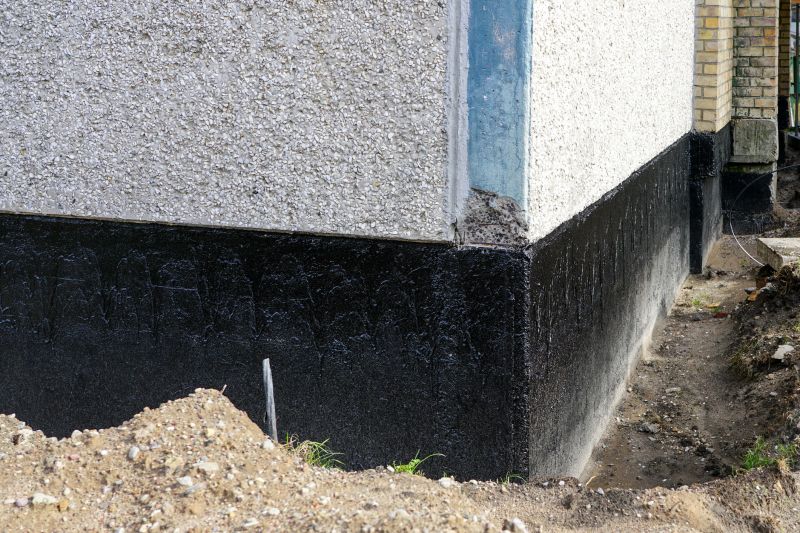
Rough timing from prep to clean-up for Waterproofings.
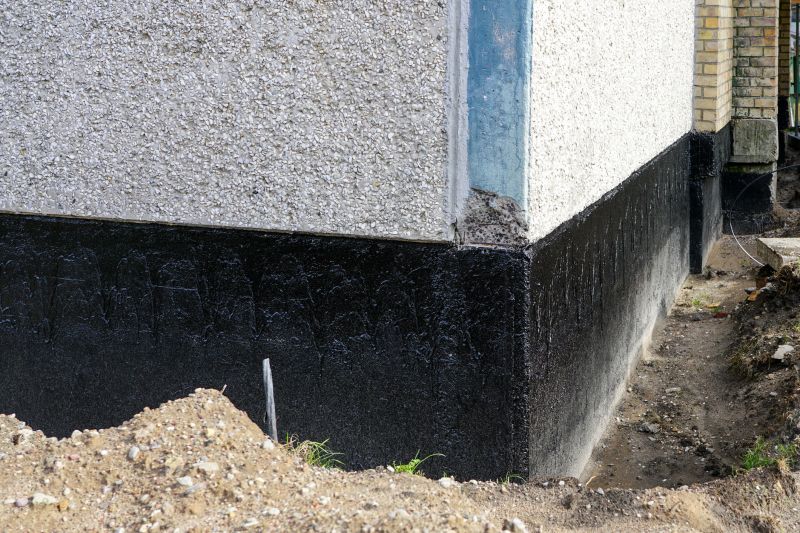
Quick checks and paperwork to keep after Waterproofings.
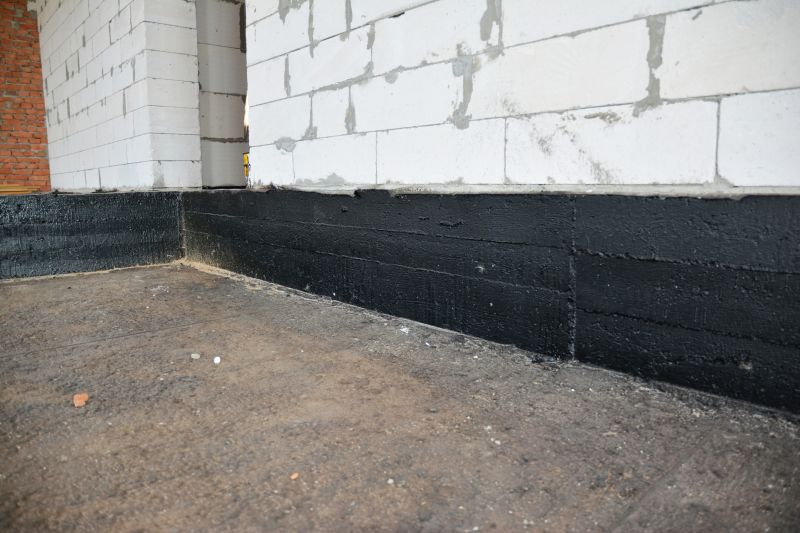
Examples that show the impact a good Waterproofings can make.
| Season | Optimal Conditions |
|---|---|
| Spring | Mild temperatures, low humidity |
| Summer | Warm, dry weather, monitor high temperatures |
| Fall | Cool temperatures, less rain, ideal for curing |
| Winter | Freezing temperatures, not recommended |
Choosing the right time for waterproofing depends on local climate conditions and project specifics. Proper scheduling ensures materials cure correctly and achieve maximum effectiveness. Consulting with waterproofing professionals can help determine the best timing for individual needs.
If interested in waterproofing services, filling out the contact form can provide tailored recommendations and scheduling options to suit specific project requirements.


